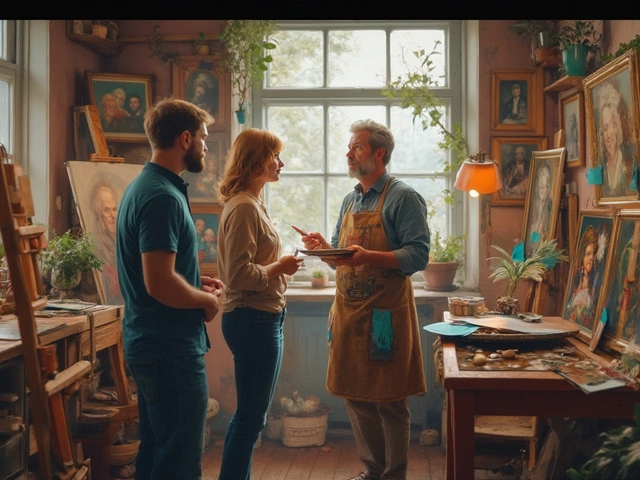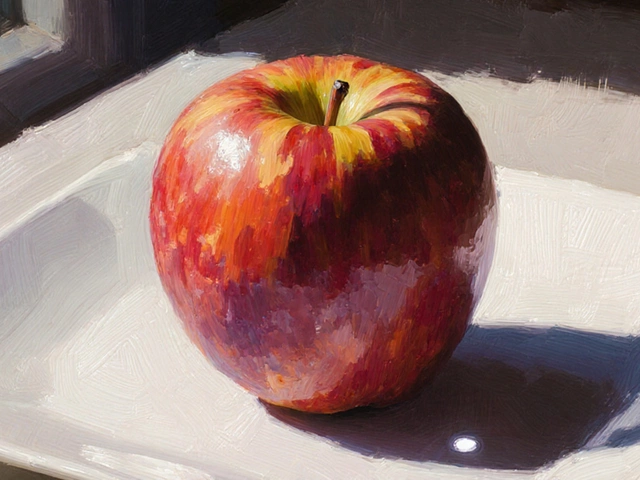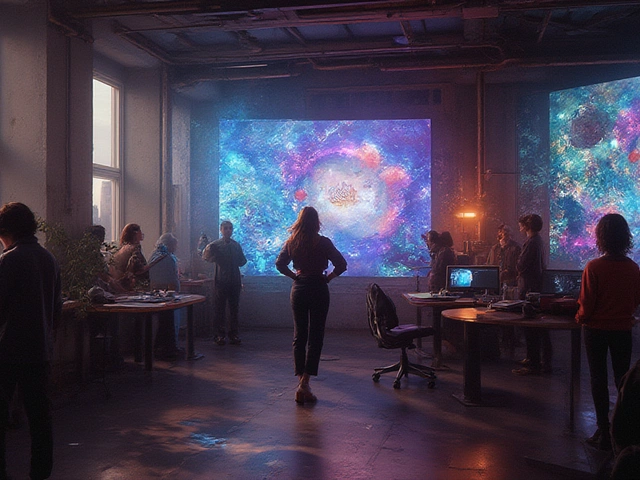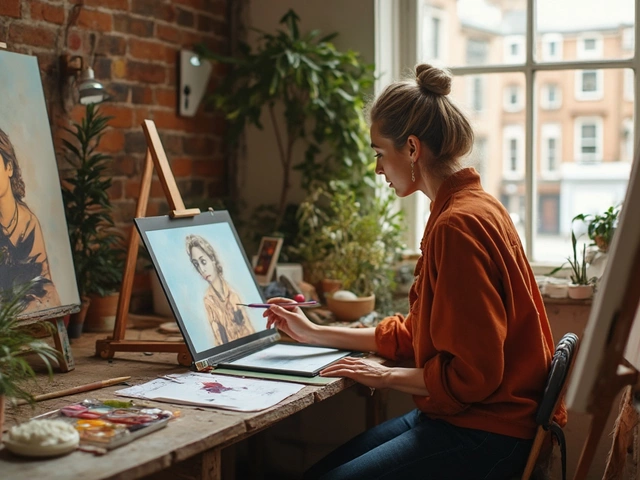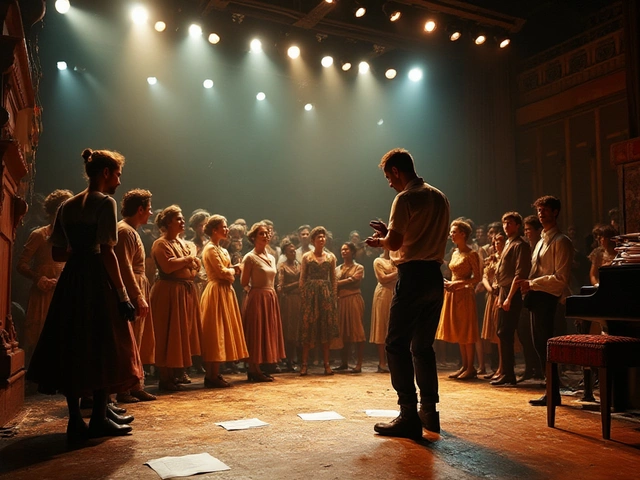Hyperrealism: From Brush Strokes to Pixels
When talking about hyperrealism, a style that mimics high‑resolution photography with extreme detail. Also known as photo‑realism, it bridges the gap between traditional painting and modern technology. Hyperrealism asks artists to capture every tiny imperfection, from skin pores to reflected light, making the work feel almost like a snapshot.
This movement doesn’t live in a vacuum. It encompasses digital art, computer‑based creation that often feeds into hyperrealist projects, because many artists start with a photo or a 3D model before translating it to canvas. At the same time, oil painting, the classic medium that provides depth and rich color remains the go‑to for final pieces, letting creators layer glazes for that skin‑tight look. The relationship is simple: digital tools enable precise planning, while oil paints deliver the tactile realism.
How Hyperrealism Connects to Other Art Forms
Beyond the canvas, hyperrealism influences sculpture, three‑dimensional works that aim for lifelike detail. Sculptors use CNC machines or hand‑carve marble to match the same photo‑level detail you see in a painted portrait. The cross‑pollination means a hyperrealist painter might study a hyperrealist sculptor’s approach to light, and vice versa.
Modern art, as a broader umbrella, includes hyperrealism as one of its many branches. While some modern pieces lean into abstraction or conceptual ideas, hyperrealism pushes the opposite direction—clarity and visual fidelity. This contrast fuels lively debates in galleries: does hyperrealism belong in a modern art setting, or is it a nostalgic throwback? The answer shapes how museums curate shows and how collectors value pieces.
Practically, anyone wanting to try hyperrealism should first ask: what tools do I need? A high‑resolution camera or 3D scan gives a solid reference. Software like Photoshop or Procreate lets you map out values before you ever pick up a brush. Then, mastering oil techniques—wet‑on‑wet blending, thin glazes, and fine brushwork—turns those digital plans into paint that looks alive.
Another key point: hyperrealism is not just about copying a photo. It requires an artistic eye to decide what to emphasize, where to add subtle drama, and how to keep the piece engaging at close and far distances. That decision‑making links back to classic composition rules taught in any modern art class.
Our collection below reflects this blend of theory and practice. You’ll find guides on earning money with digital art, step‑by‑step oil painting basics, deep dives into sculpture techniques, and overviews of modern art movements. Each article touches on at least one facet of hyperrealism—whether it’s the digital prep, the paint application, or the sculptural finish.
So, if you’re curious how hyperrealism shapes today’s art scene, or you’re ready to add that photo‑sharp realism to your own work, keep scrolling. The posts ahead will give you concrete tips, real‑world examples, and the kind of practical advice that lets you move from “look, that’s amazing” to “I can do that too.”
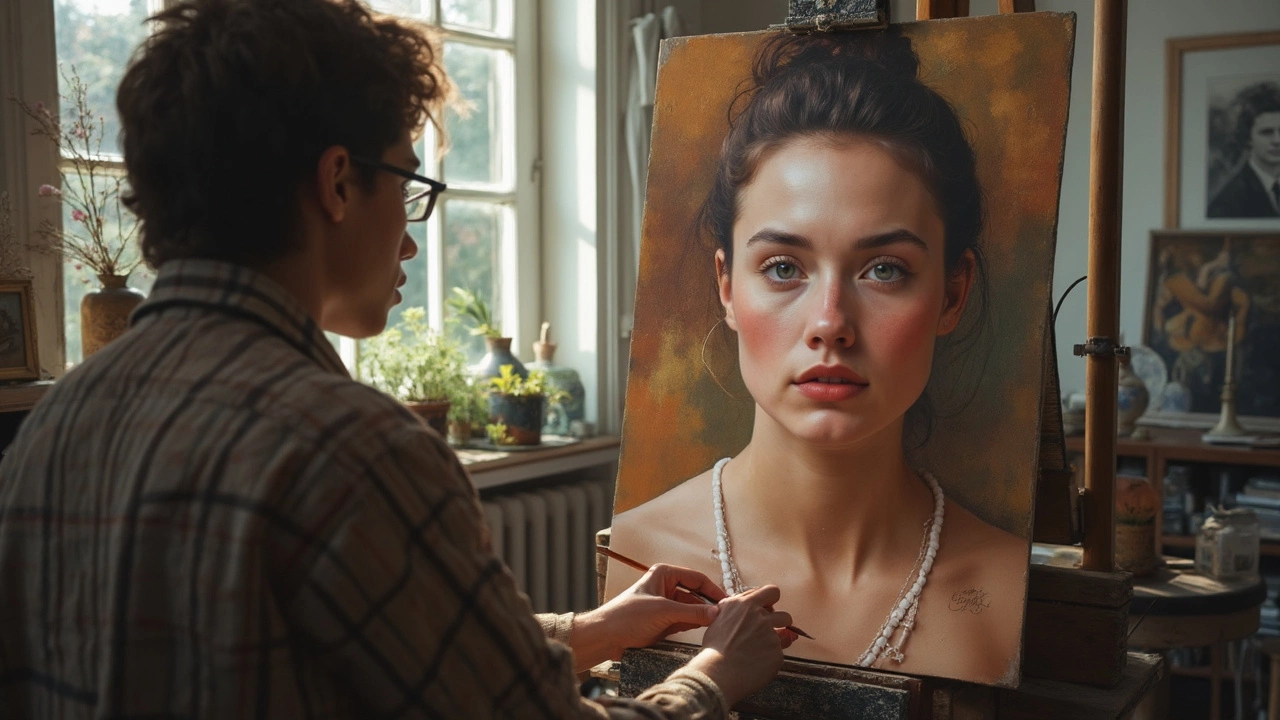
Explore the world's most realistic portrait artist and what makes hyperrealistic art so captivating. Dive into techniques, legends, curious facts, and what to look for in mind-blowing lifelike paintings.
